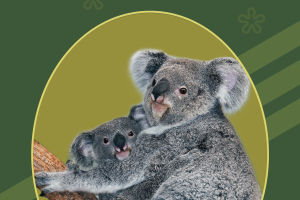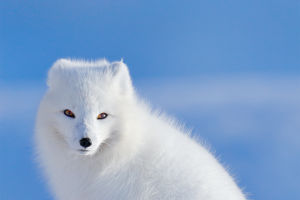Egret is a precious animal, they are very beautiful and graceful. Egret has a slender body, a slender mouth, and white feathers. The egrets have black bills and legs and yellow toes, and their plumage is pure white during the breeding season.
Egret generally inhabits rice fields, swamps and ponds. When they sleep, they often tuck one foot into their stomach and stand with the other. Every year from March to July is the breeding season of egrets, and they often live in groups with other herons during the breeding season.
Egret mainly feeds on various small fish, but also eats animal food such as shrimp, crab, tadpoles and aquatic insects. They usually walk along rivers, salt pans or paddy fields while pecking, and their long beaks, long necks and long legs are very convenient for preying on animals in the water.
When preying, it gently waded forward, looked at the small animals moving in the water, and then suddenly pecked the water with its long beak, accurately pecking the food into its mouth. Sometimes they often stand by the water's edge, waiting for an opportunity to prey on passing fish.
Egrets often mix with other species and make nests with other waterbirds. They sometimes fly over shallow coastal waters in pursuit of prey. At night, it forms a "V" when flying back to its habitat. When flying, egrets neck down into an "S" shape, their feet are stretched straight back, beyond the tail, their wings are flapped slowly, their flight is unhurried, and they fly in a straight line.
There are many different species of egrets, each with its own characteristics. There are nearly ten species in common.
1. Ardea alba
There are three types of egrets, Ardea alba, Ardea intermedia and Egretta garzetta. The Ardea alba is a medium-to-large bird with a creamy white plumage, a rusted bill, and a short crest on the head.
Ardea alba has long, tufted mink feathers from shoulder to shoulder, extending all the way back, usually more than 10 centimeters beyond the tip of the tail. Ardea alba's mink feathers have a strong base at the base, and gradually become smaller at the tip, with finely dispersed feather branches. In winter, Ardea alba has no feathers on its back, no crest on its head, and a pale yellow iris.
2. Ardea intermedia
Ardea intermedia is a medium-sized bird with a body length of 62-70 cm. They are all white with yellow eyes and black feet and toes. In summer, they have long lanceolate feathers on the back and lower part of the front neck, and a black bill. In winter they have no feathers on the back and fore-neck, bill is yellow.
3. Egretta garzetta
The Egretta garzetta is 52-68 cm long and is a medium-sized bird with a slender body and white body. In summer, they have two slender feathers on their feather pillows, and a mink feather on the fore-neck and back.
In winter, their ornamental feathers and mink feathers shed. The eyes are pink in summer and yellow-green in winter. During the reproductive period, they have two long feathers on the occiput, like a double braid. Egretta garzetta has spear-like feathers on the chest, but not as long as the occipital crest.
4. Egretta eulophotes
Egretta eulophotes are rare waterfowl, medium-sized birds. Their body length is 46-65 cm and their weight is 320-650 grams. Egretta eulophotes have similar plumage in males and females, with a white body throughout. They have long mouths, necks, and feet.
In summer, they have orange-yellow bills, blue eyes, black feet, and a tufted crest of slender white feathers from the top of the head to the neck. Egretta eulophotes have long, limpet-like feathers on the back, extending back beyond the caudal end, from the base of the front neck down to the lower thorax.


